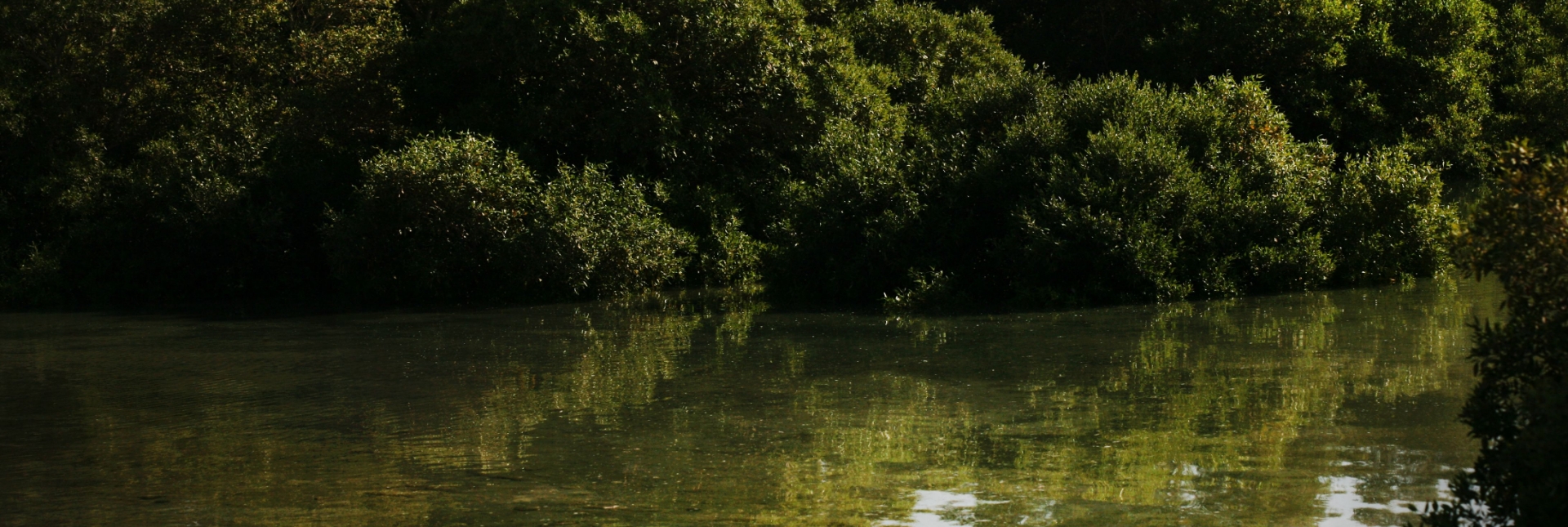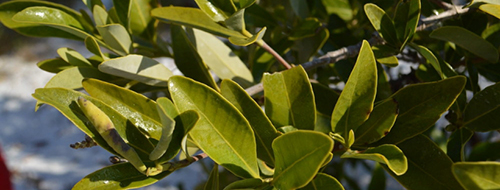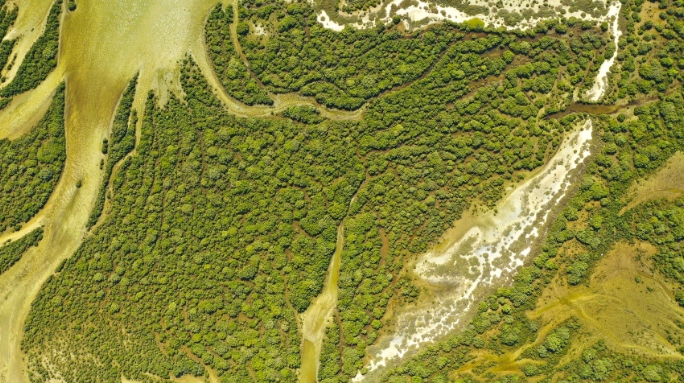

About Us
Building on global efforts to promote biodiversity and shine a spotlight on nature-based solutions, the Mangrove Alliance for Climate (MAC), which is spearheaded by the United Arab Emirates in partnership with Indonesia, will promote mangroves as a nature-based solution to climate change. The MAC was launched at COP27, and was further amplified at the G20 summit where the G20 presidency, Indonesia, will seize this momentum to establish sustainable and inclusive development while exploring new avenues to shape a more adaptive G20 against future crises.
Nature-based solutions include restoring mangrove belts to help limit coastal flooding and the effect of sea level rise. The dense coastal forests of mangroves store carbon up to 400 percent faster than land-based tropical rainforests. They also provide breeding grounds for marine biodiversity and 80% of global fish populations depend on healthy mangrove ecosystems. At the international level, governments, ` institutions and communities are building a robust portfolio for science, policy and initiatives focusing on mangroves that provides a solid foundation for a global mission to accelerate action on the important role of mangrove ecosystems in climate change mitigation. There are many areas of mangrove management and sustainability covered by a wide range of initiatives including research and development innovation, plantation and restoration, knowledge transfer, and outreach and engagement. However, the area of plantation and restoration by encouraging the transfer of resilient mangrove varieties and deploying the power of social and crowd-sourcing can foster a transformation change.
Aim & Objectives
The MAC seeks to scale up, accelerate conservation, restoration and growing plantation efforts of mangrove ecosystems for the benefit of communities globally, and recognize the importance of these ecosystems for climate change mitigation and adaption. Specifically, the members commit to plant, rehabilitate and restore mangroves within their country; as well as supporting others to do the same.
Members of the mission will work to strengthen cross-boundary cooperation to promote the nature-based solution and knowledge exchange of the importance of mangroves restoration, facilitate learning and leveraging across nature-based solution efforts, and address cross-cutting needs. In doing this, the mission will leverage and strengthen ongoing efforts and commitments of its member countries in science research, coastal management and conservation, education, climate mitigation approaches and climate adaptation and related policy. Members of the MAC will work collectively to achieve the following objectives:

Demonstrate collective commitment to nature-based climate solutions through mangrove protection and plantations.

Amplify ecosystem services from mangroves to mitigate and combat climate change through innovation and research.

Enhance the protection of mangrove ecosystems at a global level through scientific, social, and economic studies.

Encourage social and private sector philanthropy approach to support the efforts of blue carbon solutions and plantation efforts of mangroves.

Amplify global efforts to achieve the international climate agenda.


